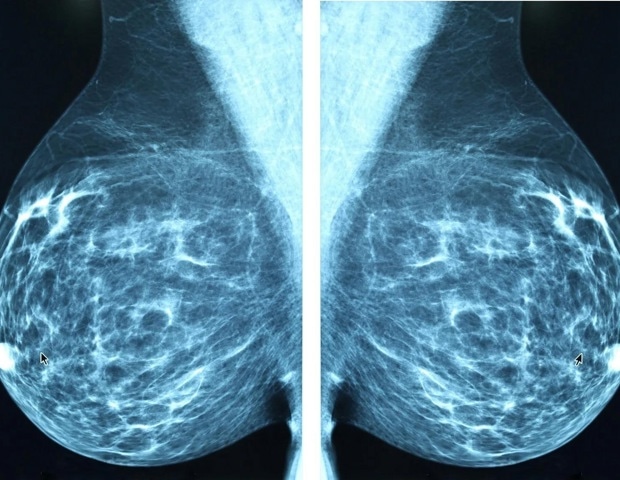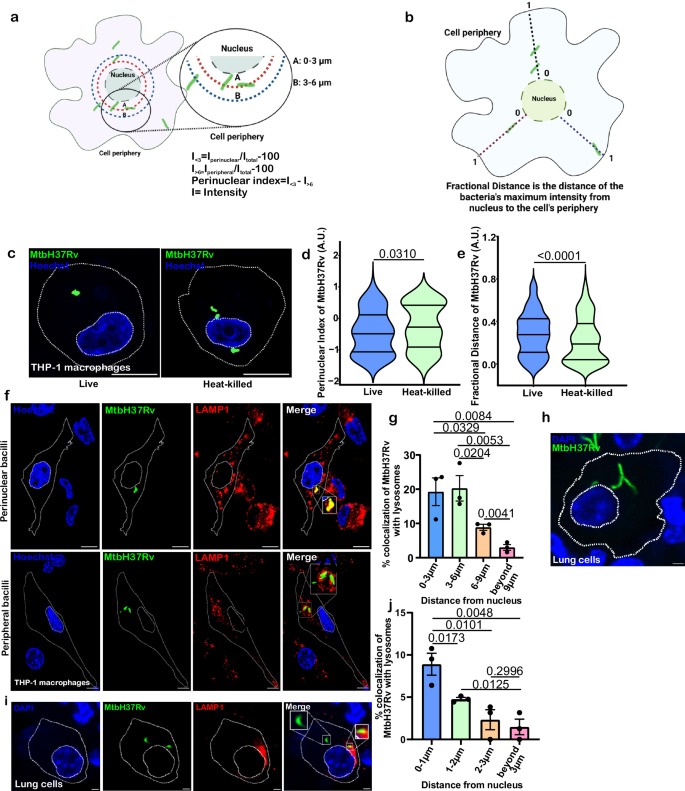Report on Estrogen Therapy Timing and its Impact on Sustainable Development Goal 3
A recent large-scale retrospective analysis provides critical insights into the timing of estrogen therapy for menopausal women, with significant implications for long-term health outcomes. These findings align directly with the objectives of Sustainable Development Goal 3 (Good Health and Well-being) by highlighting a preventative healthcare strategy that can reduce morbidity from non-communicable diseases and improve the quality of life for women.
Study Overview and Methodology
A comprehensive retrospective cohort analysis was conducted to evaluate the long-term health impacts of estrogen therapy based on its initiation timing. The study utilized a substantial dataset comprising over 120 million patient records.
Objectives
The primary objective was to compare the risk of developing specific non-communicable diseases among three distinct groups of women:
- Those who initiated estrogen therapy during perimenopause.
- Those who initiated estrogen therapy after menopause.
- A control group of women who never used estrogen therapy.
The specific health outcomes measured were the incidence of breast cancer, heart attack, and stroke.
Key Findings and Health Implications
The analysis revealed a strong correlation between the timing of estrogen therapy initiation and long-term health risks, underscoring a critical window for intervention that supports SDG 3.
Comparative Risk Analysis
- Perimenopausal Initiation: Women who began estrogen therapy during perimenopause and continued for at least 10 years demonstrated a significantly lower risk of adverse health events. The odds of developing breast cancer, heart attack, or stroke were approximately 60% lower compared to the other two cohorts.
- Postmenopausal Initiation: This group experienced slightly lower odds of breast cancer and heart attack compared to non-users. However, they faced a 4.9% higher likelihood of experiencing a stroke.
- Non-Therapy Group: This cohort served as the baseline for assessing the relative risks and benefits associated with the timing of hormone therapy.
Alignment with Sustainable Development Goals (SDGs)
The study’s conclusions strongly support the advancement of global health and gender equality targets as outlined in the SDGs.
SDG 3: Good Health and Well-being
- Target 3.4: By demonstrating a potential 60% reduction in the risk of heart attack and stroke, the early initiation of estrogen therapy presents a viable strategy to reduce premature mortality from non-communicable diseases.
- Quality of Life: The findings promote a preventative approach to women’s health, aiming to reduce disease burden and improve well-being during and after the menopausal transition, a core tenet of SDG 3.
SDG 5: Gender Equality
- Empowering Women: Addressing significant health challenges specific to women, such as menopause, is crucial for achieving gender equality. Effective health management allows for women’s full and continued participation in social, economic, and public life.
- Reducing Health Disparities: Research focused on women’s health helps close knowledge gaps and ensures that healthcare strategies are equitable and effective for all genders.
Future Directions and Recommendations
Lead author Ify Chidi of Case Western Reserve University School of Medicine noted that the results suggest early initiation could be a key factor in reducing morbidity and should prompt a larger conversation about prevention in women’s health. While acknowledging potential biases in the observational study design, Dr. Stephanie Faubion, medical director for The Menopause Society, stated that these findings may pave the way for additional research. Further clinical trials are necessary to confirm these results and to fully explore the long-term effects of estrogen therapy initiated at different stages of the menopausal transition. More detailed findings will be presented at the 2025 Annual Meeting of The Menopause Society.
Analysis of Sustainable Development Goals (SDGs) in the Article
1. Relevant Sustainable Development Goals (SDGs)
-
SDG 3: Good Health and Well-being
- The article is fundamentally centered on health outcomes for women. It discusses a study aimed at improving the management of menopause symptoms and reducing the long-term risk of serious non-communicable diseases (NCDs). The stated goal of the research is to “improve the quality of life and reduce disease burden,” which directly aligns with the core mission of SDG 3. The focus on preventing “breast cancer, heart attack and stroke” is a key component of ensuring healthy lives.
-
SDG 5: Gender Equality
- While not the primary focus, the article addresses a health issue that is specific to women. By investigating ways to improve health outcomes and quality of life during and after menopause, the research contributes to gender equality. Ensuring that women’s health issues are adequately researched and that effective treatments are understood and available is crucial for empowering women and ensuring they can lead healthy, productive lives, which is a cornerstone of SDG 5.
2. Specific SDG Targets
-
Target 3.4: Reduce by one-third premature mortality from non-communicable diseases through prevention and treatment and promote mental health and well-being.
- The article directly addresses this target by examining how the timing of estrogen therapy can act as a preventative measure against major NCDs. The study specifically analyzes the risk of “breast cancer, heart attack and stroke.” The findings that early initiation of therapy led to “significantly lower odds” of developing these conditions demonstrate a clear link to disease prevention. Furthermore, the article notes that menopause can “take a toll on women physically and emotionally,” and managing its symptoms contributes to promoting well-being.
-
Target 3.8: Achieve universal health coverage, including access to quality essential health-care services and access to safe, effective, quality and affordable essential medicines.
- The research discussed in the article contributes to defining “quality essential health-care services” for menopausal women. By comparing the long-term health outcomes of different treatment timings, the study provides crucial data on the safety and effectiveness of estrogen therapy. The article describes it as “one of the most effective and generally safe means for managing bothersome menopause symptoms,” reinforcing its role as an essential medicine for this demographic. Understanding the optimal timing for this therapy is a key step in improving the quality of care provided.
3. Mentioned or Implied Indicators
-
Indicator 3.4.1: Mortality rate attributed to cardiovascular disease, cancer, diabetes or chronic respiratory disease.
- This indicator is directly implied and addressed by the article’s core findings. The study measures the “odds of developing breast cancer, heart attack and stroke” among different groups of women. The specific statistics mentioned, such as the risk being “approximately 60% lower” for one group and a “4.9% higher likelihood of experiencing a stroke” for another, are data points that directly relate to the morbidity (and potential mortality) from cancer and cardiovascular disease. This research provides evidence on how a specific intervention can influence the rates of these NCDs, which is what Indicator 3.4.1 is designed to track.
Summary Table of SDGs, Targets, and Indicators
| SDGs | Targets | Indicators |
|---|---|---|
| SDG 3: Good Health and Well-being Ensure healthy lives and promote well-being for all at all ages. |
Target 3.4: Reduce premature mortality from non-communicable diseases (NCDs) through prevention and treatment. | Indicator 3.4.1: (Implied) The article’s focus on reducing the risk of “breast cancer, heart attack and stroke” directly relates to measuring morbidity and mortality rates from these NCDs. |
| Target 3.8: Achieve universal health coverage, including access to quality essential health-care services and medicines. | (Implied) The study contributes to the evidence base for what constitutes “quality” and “effective” healthcare services for menopausal women by evaluating the safety and benefits of estrogen therapy. | |
| SDG 5: Gender Equality Achieve gender equality and empower all women and girls. |
(Implied) The focus on a women-specific health issue contributes to the broader goal of ensuring women’s health and well-being, which is a component of gender equality. | N/A |
Source: news-medical.net







